




This week I posted a link to an article on my facebook page about how consuming refined flour affects your body. A lot of people might find it extreme (like jumping into fireworks) to treat flour, even whole wheat flour as a special occasion food. But I do. I never feel the same nourishment as when I eat a whole grain that is intact. I’ve created a quick video to share some of my favorite non refined flour snacks with you to celebrate a FLOUR FREE 4th of July. Happy snacking Food Babe readers!
Here’s more information on why I limit my flour consumption….
Typical flour is milled discarding all the essential nutrients the original grain contained. The entire wheat germ and cellulose (fiber) is removed and the heat that is generated to crush the grain into flour destroys any vitamin or mineral normally found in the the grain, leaving a white powder product devoid of any life. It’s essentially dead food. So they have to “enrich” it back with added vitamins and minerals.
The next part is even scarier because fresh milled flour usually isn’t acceptable for consumption because of the look, feel and smell of it. The FDA has approved over 60 chemicals for manufactures to use to help these aesthetics and the shelf life of flour. Chlorine is used to bleach conventional flours to remove the smell and change the color. The flour is put into a gas chamber and treated with chlorine dioxide which leaches all the vitamin E out of the flour and leaves a chemical called dichlorostearic acid that remains in the flour.
Additionally treating flour with chlorine can create more chemical byproducts that have been known to react to other proteins and cause nervous system damage in humans. Wouldn’t it been nice if the ingredient label on food included all of these random chemicals, so we would actually know what’s in our food?
Whole wheat flour is more nutritious for the body in terms of nutrients because the entire wheat germ is used and not discarded like in processing white flour. However, it’s still very processed and manufactures still have the option to use a myriad of chemicals on it that can effect the vitamins and mineral content of the flour because they need to extend the shelf life of the whole wheat flour from going rancid. The wheat germ has natural oils in it, allowing fresh milled flour only to last a few months before it goes bad. Obviously, food manufactures do whatever they can to prevent this, even if it means making the food less nutritious.
Additionally, I’d like to share Dr. Weil’s thoughts on flour consumption with you. If you haven’t heard of him or read any of his great books, I highly suggest checking him out. Dr. Weil is the father of integrative medicine in this country and known for his anti-inflammatory diet.
From Dr. Andrew Weil’s FAQ:
“I recommend eating whole grains because they’re a great source of important nutrients, including protein, fiber, vitamins, minerals, and, especially, carbohydrates that are low on the glycemic index (GI), a ranking of carbohydrate foods on the basis of how they affect blood sugar (glucose). This is important for many people because eating a lot of foods that are high on the glycemic index will produce spikes in blood sugar that can lead over time to insulin resistance. Insulin resistance is associated with obesity, high blood pressure, elevated blood fats, and an increased risk of type 2 diabetes, and other chronic diseases.
Grains in their natural form have a low glycemic index, while processed carbohydrates, including those made with flour or puffed grains, have a high GI. The reason is that it takes longer for digestive enzymes to reach the starch inside whole grains or grains cracked into large pieces, slowing down the conversion of starch to sugar.
True whole grains include wild rice, barley, quinoa, millet and wheat berries. You can be pretty sure you’re eating a natural grain with a low GI ranking if you have to chew it or can see grains or pieces of grains in food products. The more your jaw has to work, the better. But when grains are pulverized into flour, whether whole or not, their surface area expands dramatically, providing a huge, starchy surface area on which the enzymes can work. Consequently, the conversion to sugar happens very quickly.
Whole wheat bread and products labeled “whole grain” are usually made with flour. If you check a list of the glycemic index of various foods, such as the one at Mendosa GI Lists, you’ll see that finely textured whole wheat bread has the same GI as white bread – about 70, making both high GI foods. I recommend cutting down on all products made with flour and increasing consumptions of grains in their more natural state.”
Check out the links below to see where you can buy these products you saw in this video:
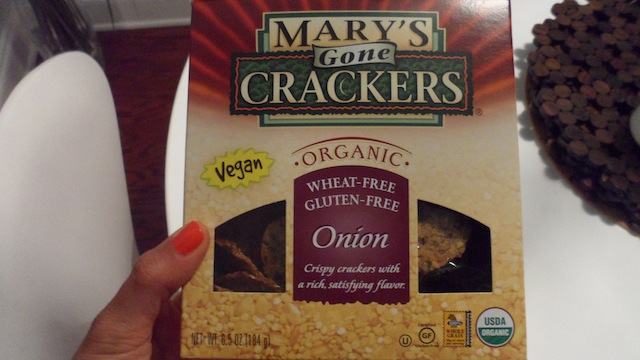
Sprouted Wheat Pretzels – The organic olive oil version is not available via online shopping yet. You might be able to find them in a natural food market near you. I got mine from Home Healthy Market
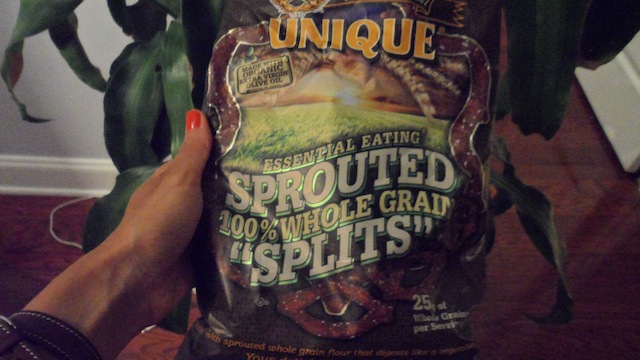
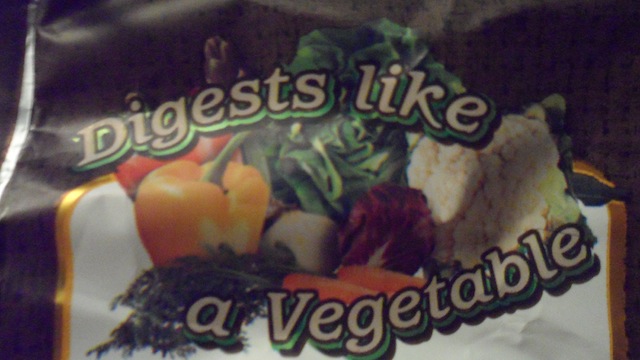
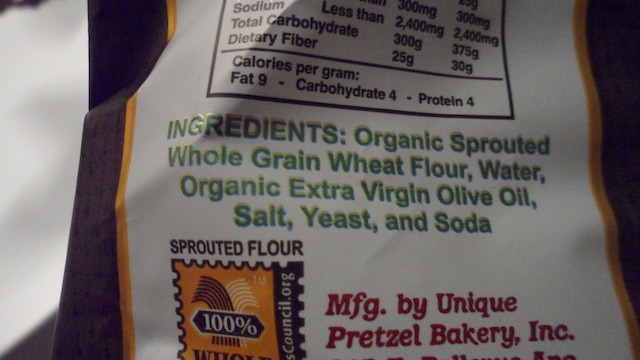
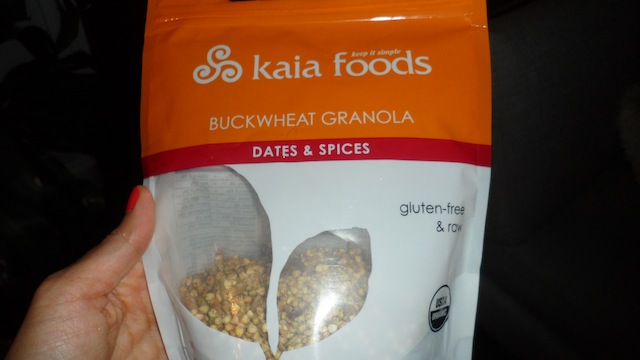





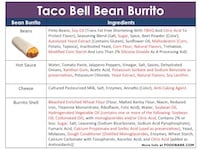



I’m glad to have find this post in your archives. I was wondering why the Eating Guide recipes were mostly all flour-less. I have also been reading about the high PUFAs in almond flour and am wondering if it is a good / safe alternative to whole wheat flour. I love to bake and also want to give my kids healthy homemade alternatives to all the crap everyone else is always trying to feed them at parties and such.
Do you have to rely on your country to give you something all the time, think
out of the box and improvise on how you would earn more than what employment can offer,
CNBC investing may help. If you want to get into reselling of used printer
cartridges, you will need to source for additional empty cartridges to make your
efforts viable. It is a fact that 10 billion farmed
animals die each year to become meat products for the American public.
Great post. I was checking constantly this blog and I
am impressed! Very helpful info particularly the last part 🙂 I care for
such information a lot. I was seeking this certain info for a
very long time. Thank you and best of luck.
ok so just a quick questions… not sure if anyone covered it yet or not. Would you consider anything with sprouted 100% whole wheat flour to be ok?